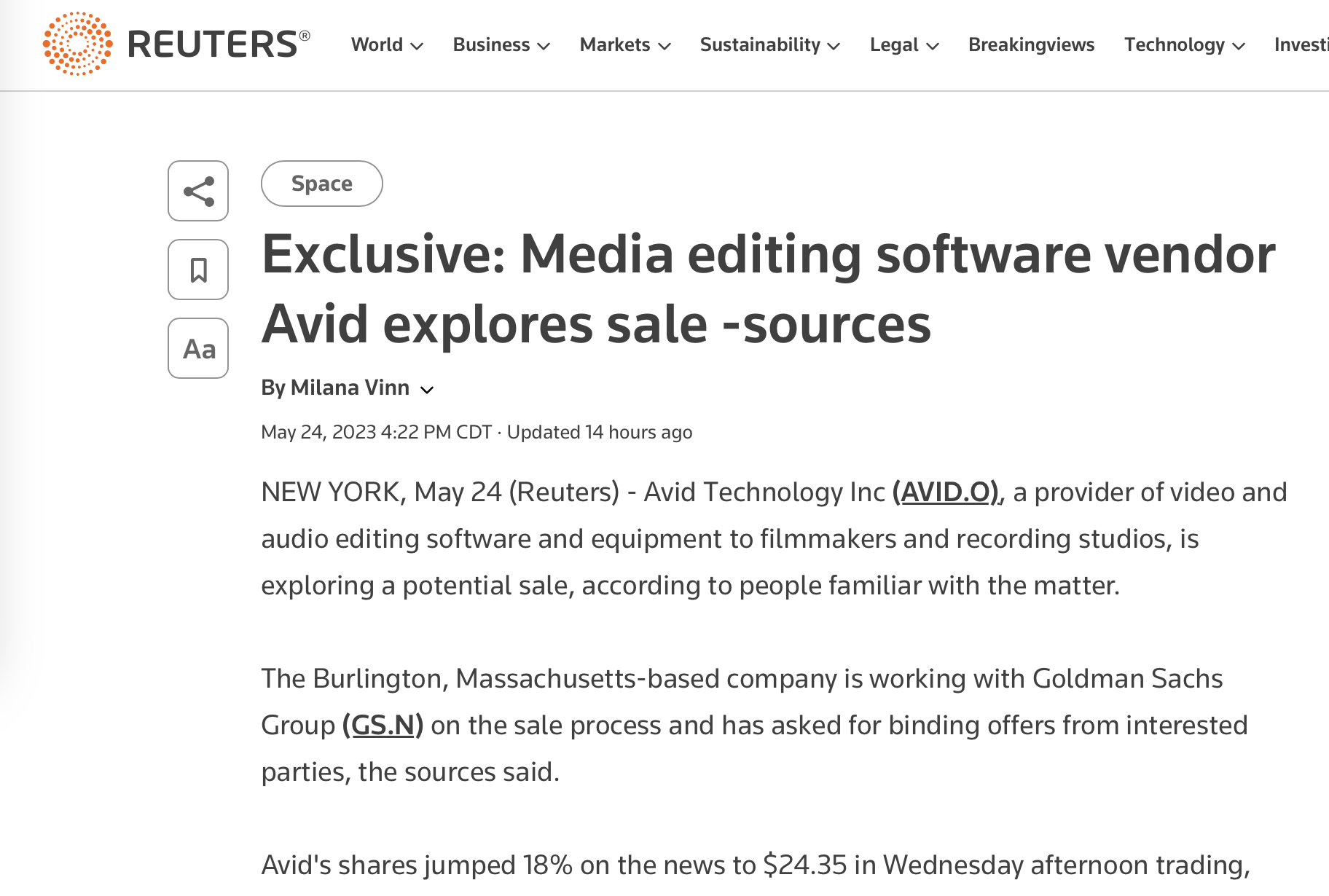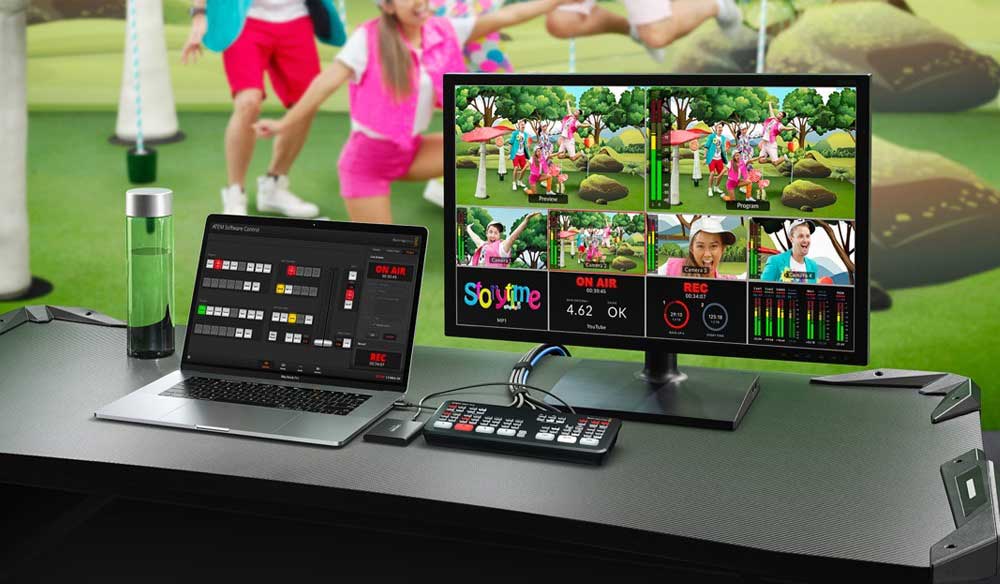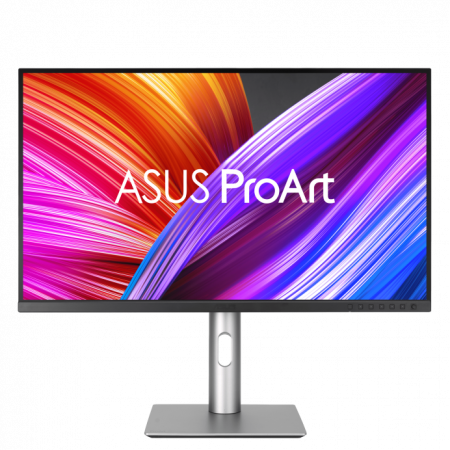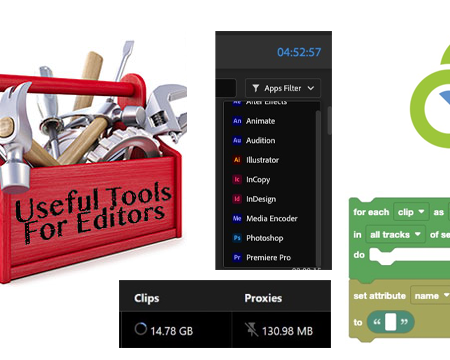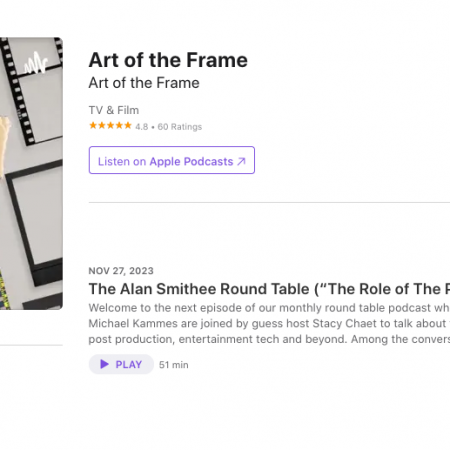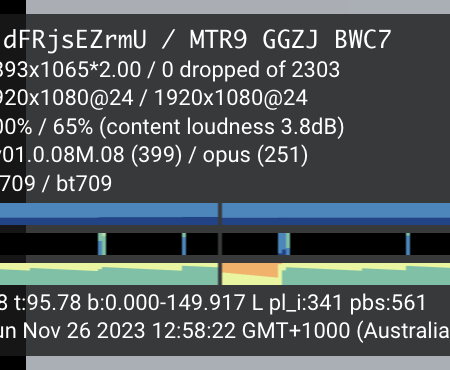Are you struggling to choose the best method for monitoring exposure? With so many options available, it can be overwhelming. But don’t worry, we’ve got you covered. Depending on your shooting style, you may prefer one tool over another, or even use a combination of them. The important thing is that you gain more control over the quality of your image. Let’s take a closer look at each method.
First up, zebra lines. This overlay of diagonal lines shows when exposure levels exceed a specified value. It’s perfect for avoiding overexposure in bright areas like the sky or capturing consistent skin tones. The histogram, on the other hand, provides a bird’s-eye view of exposure levels and contrast. It’s not the best tool for viewing specific elements, but it’s great for overall exposure readings and techniques like exposing to the right.
If you’re looking for a more specific tool, the waveform is perfect for calibrating your camera and exposing green or blue screen backgrounds. However, it can be difficult to read and isolate specific elements. That’s where false color comes in. This tool allows you to monitor exposure levels via specific color values, making it easier to isolate elements like skin tones.
So, which method is best for you? It depends on your shooting style and preferences. But with this knowledge, you’ll have the power to choose the best tool for the job and gain tight control over the quality of your image. For more on exposure tools and filming techniques, check out our articles on exposure fundamentals, creative uses for bokeh overlays, capturing the narrative power of shutter speed, beginner’s guide to frame rates, and using a light meter.


